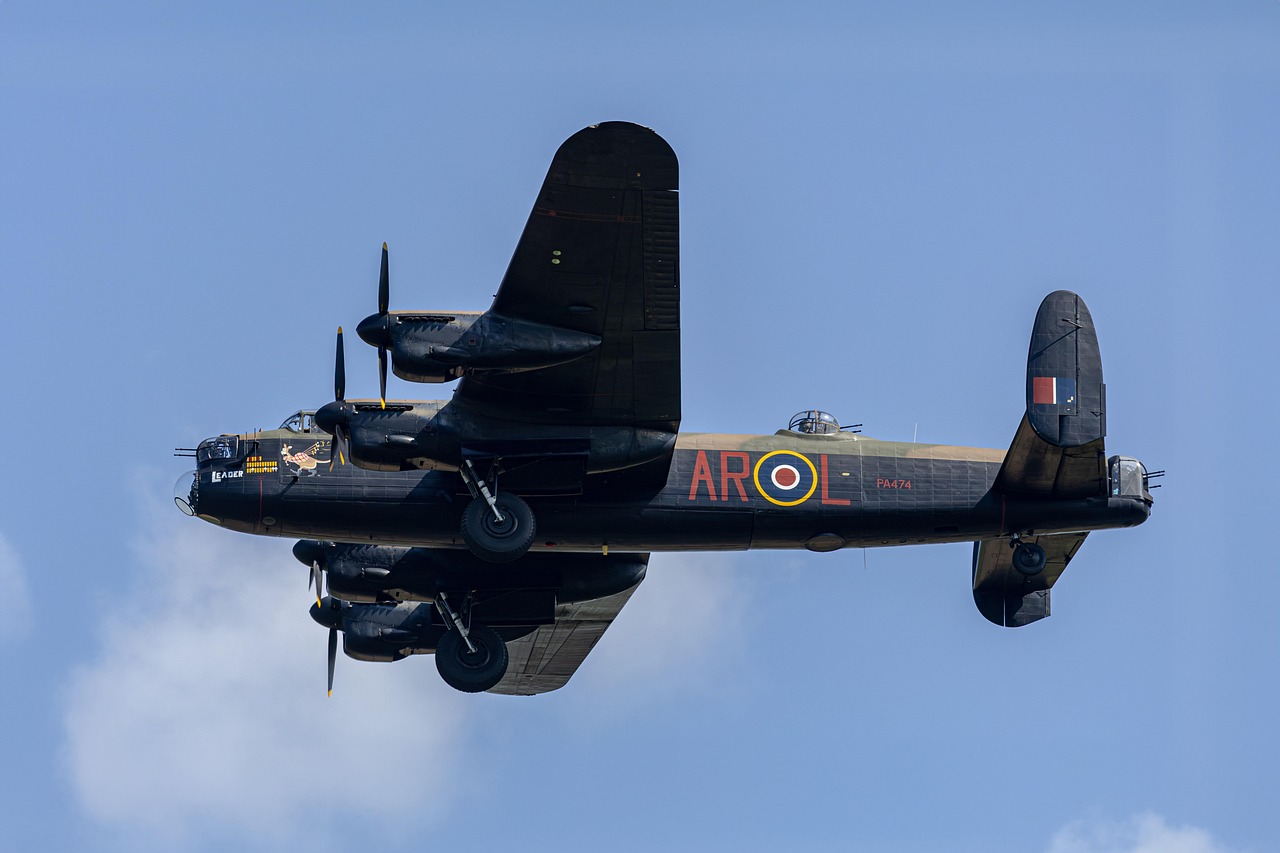Dance - Part 2
The Art of Expressive Movement: Exploring Different Styles - Part 2
Welcome back to our exploration of expressive movement styles! In this continuation, we will delve into more unique and captivating forms of movement that allow individuals to express themselves creatively. Let's discover these extraordinary styles together.
Butoh
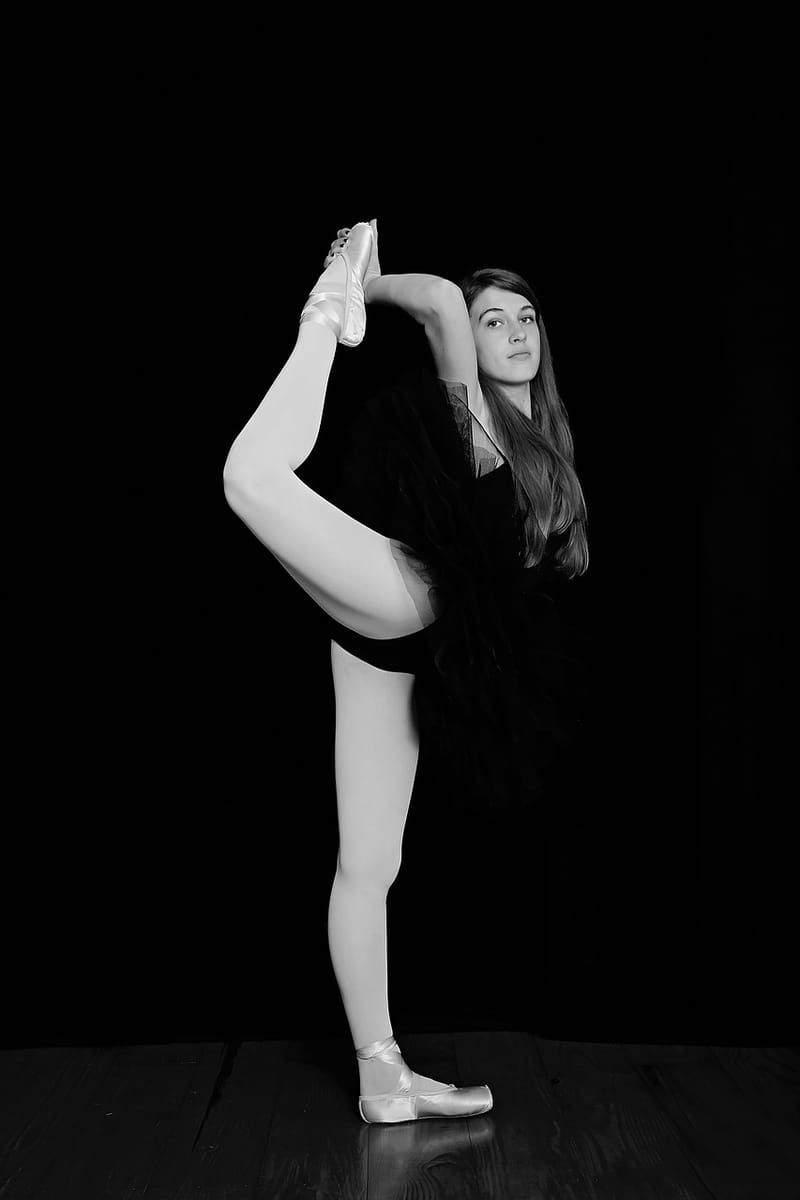
Butoh is a Japanese avant-garde dance form that emerged in the late 1950s. It is characterized by slow, controlled movements, white body paint, and a focus on the grotesque and surreal. Butoh often explores themes of darkness, transformation, and the subconscious mind, making it a truly unique and mesmerizing art form.
Capoeira
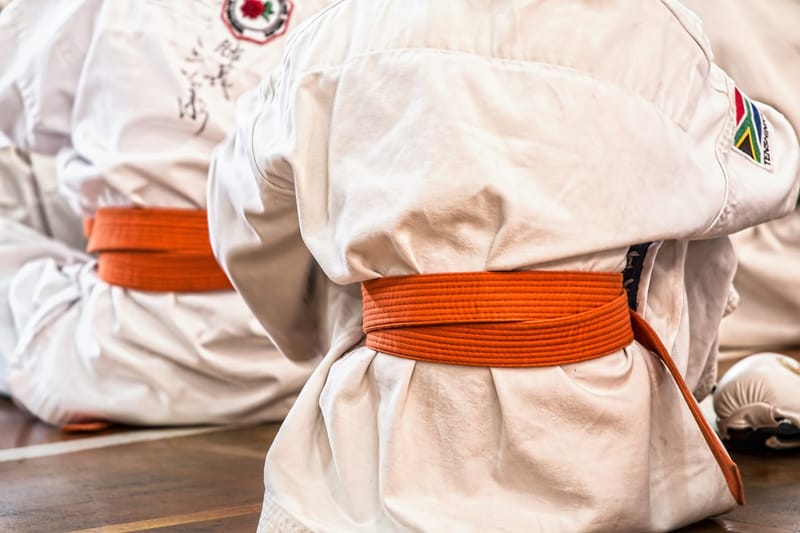
Capoeira is a Brazilian martial art that combines elements of dance, acrobatics, and music. This dynamic and fluid movement style is performed in a roda, a circle where practitioners engage in a playful and rhythmic exchange of movements. Capoeira is not just a physical practice but also a cultural expression that embodies resilience and community spirit.
Kathak
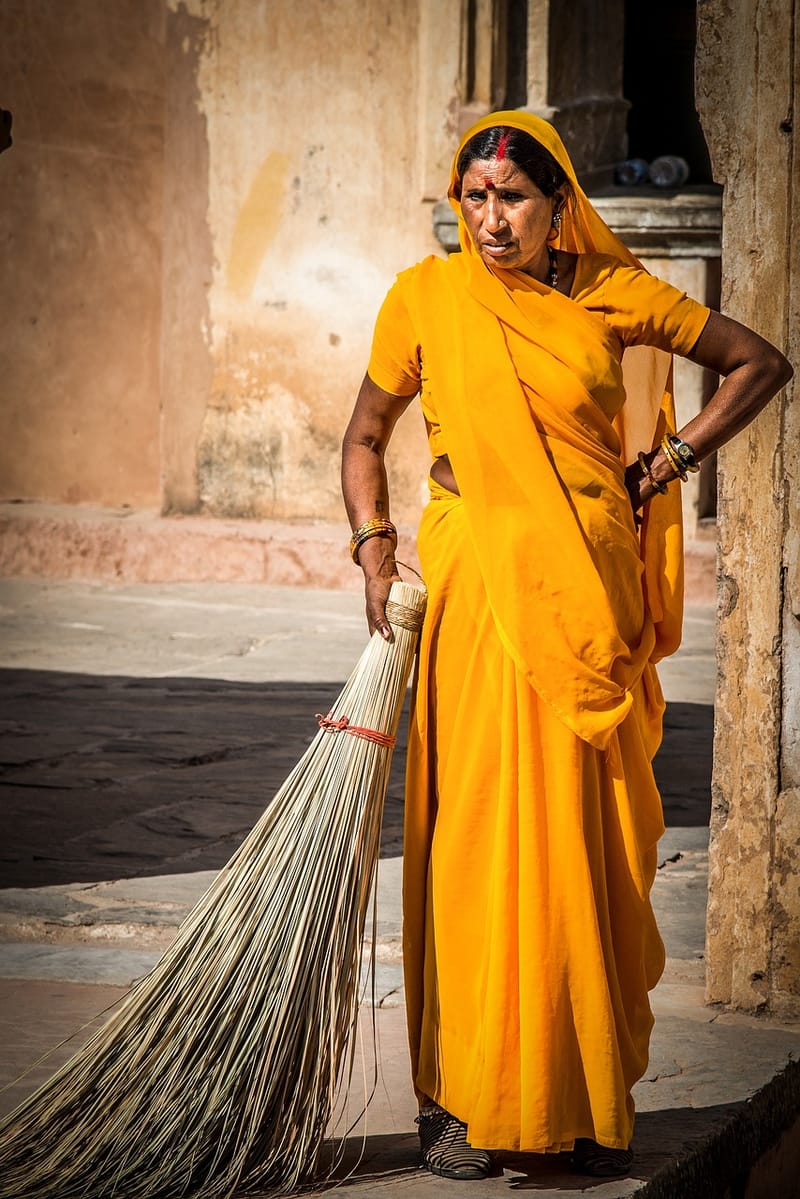
Kathak is one of the eight classical dance forms of India, known for its intricate footwork, expressive gestures, and storytelling through movement. Dancers in Kathak often perform intricate spins, swift footwork patterns, and emotive facial expressions to convey narratives from mythology, history, and everyday life. This traditional dance form beautifully combines grace, rhythm, and emotion.
Parkour
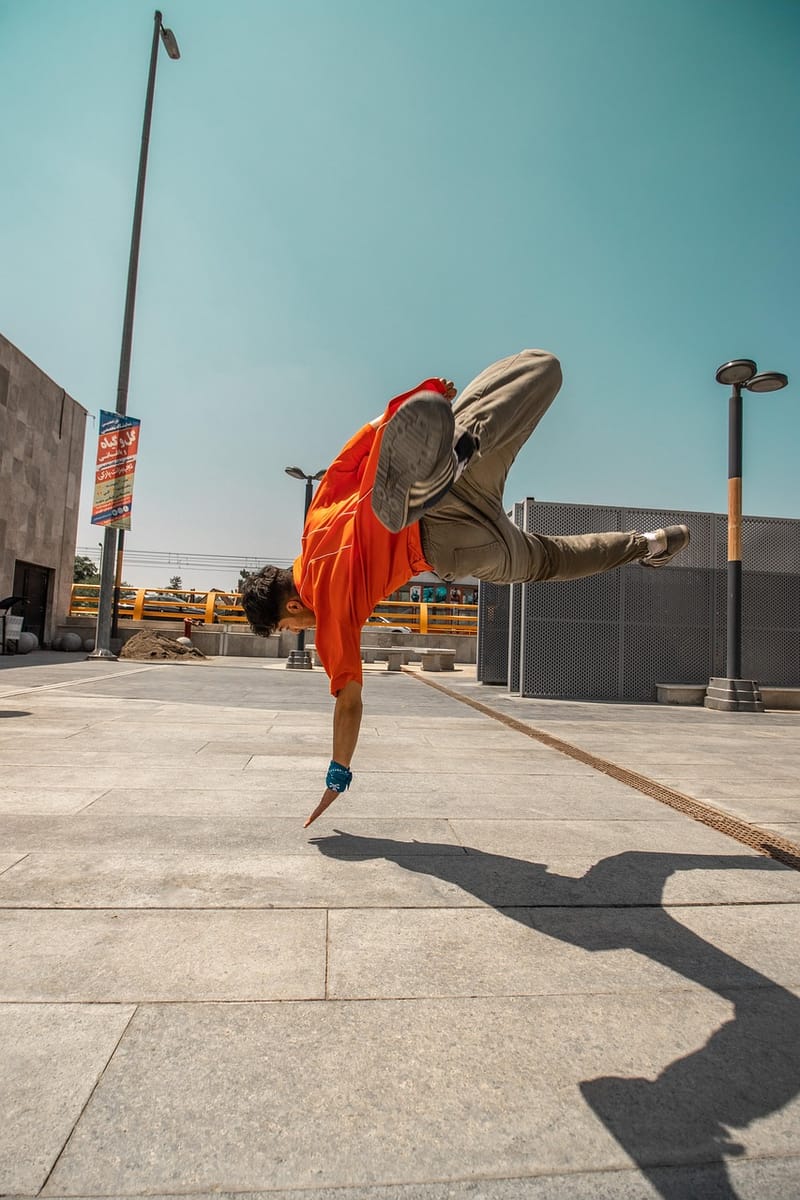
Parkour is a discipline that involves navigating urban environments by running, jumping, climbing, and vaulting over obstacles with speed and efficiency. Practitioners of parkour, known as traceurs or traceuses, use their bodies to interact creatively with the surrounding architecture, turning the city into their playground. Parkour emphasizes physical fitness, spatial awareness, and overcoming obstacles through movement.
Each of these expressive movement styles offers a unique lens through which individuals can explore their creativity, physicality, and cultural heritage. Whether you are drawn to the slow, meditative pace of Butoh or the dynamic energy of Capoeira, there is a movement style out there for everyone to express themselves authentically.
Continue to experiment with different movement forms, embrace the joy of embodying diverse styles, and let your body become a canvas for self-expression. Stay tuned for more insights into the fascinating world of expressive movement styles!
